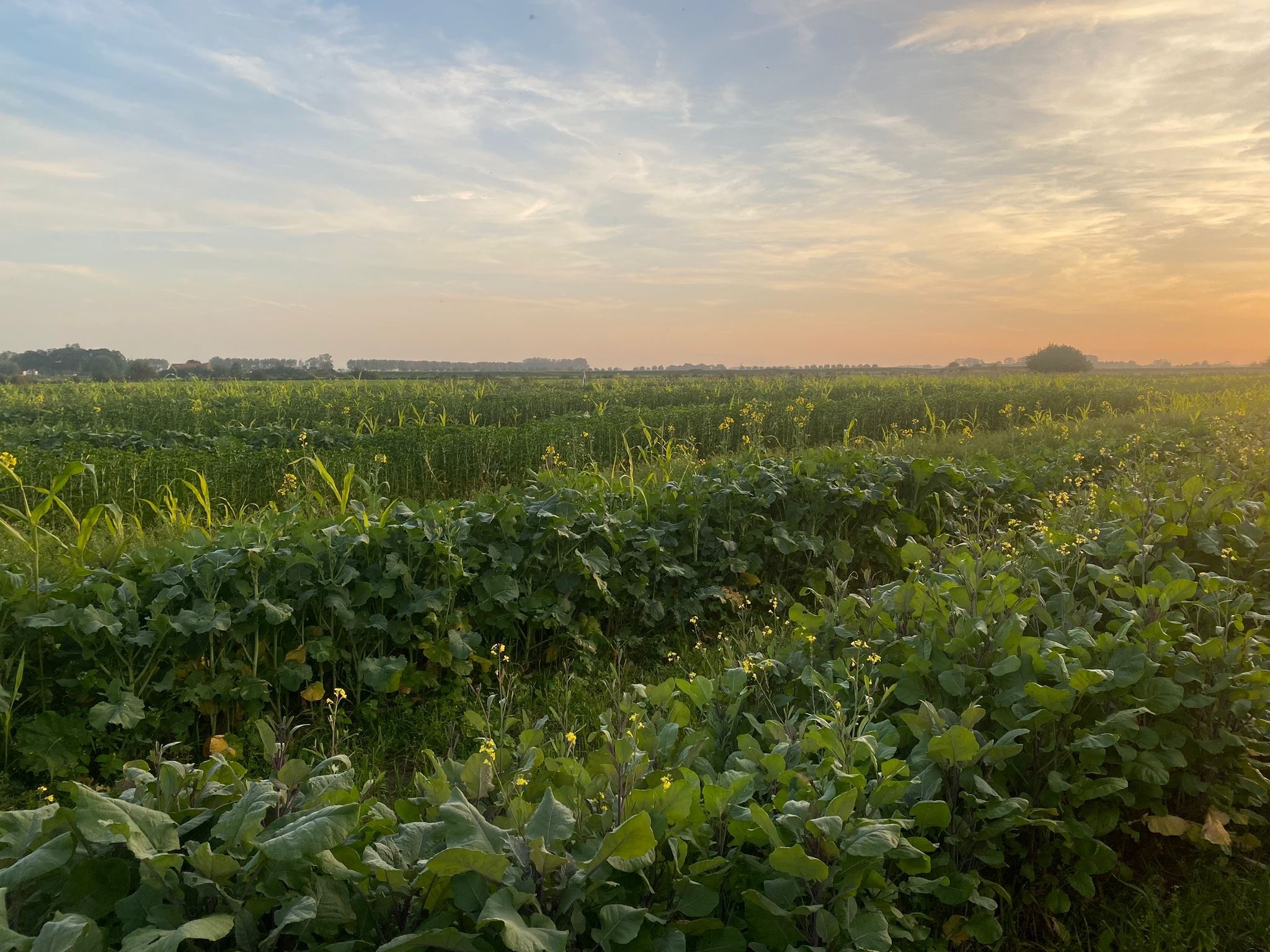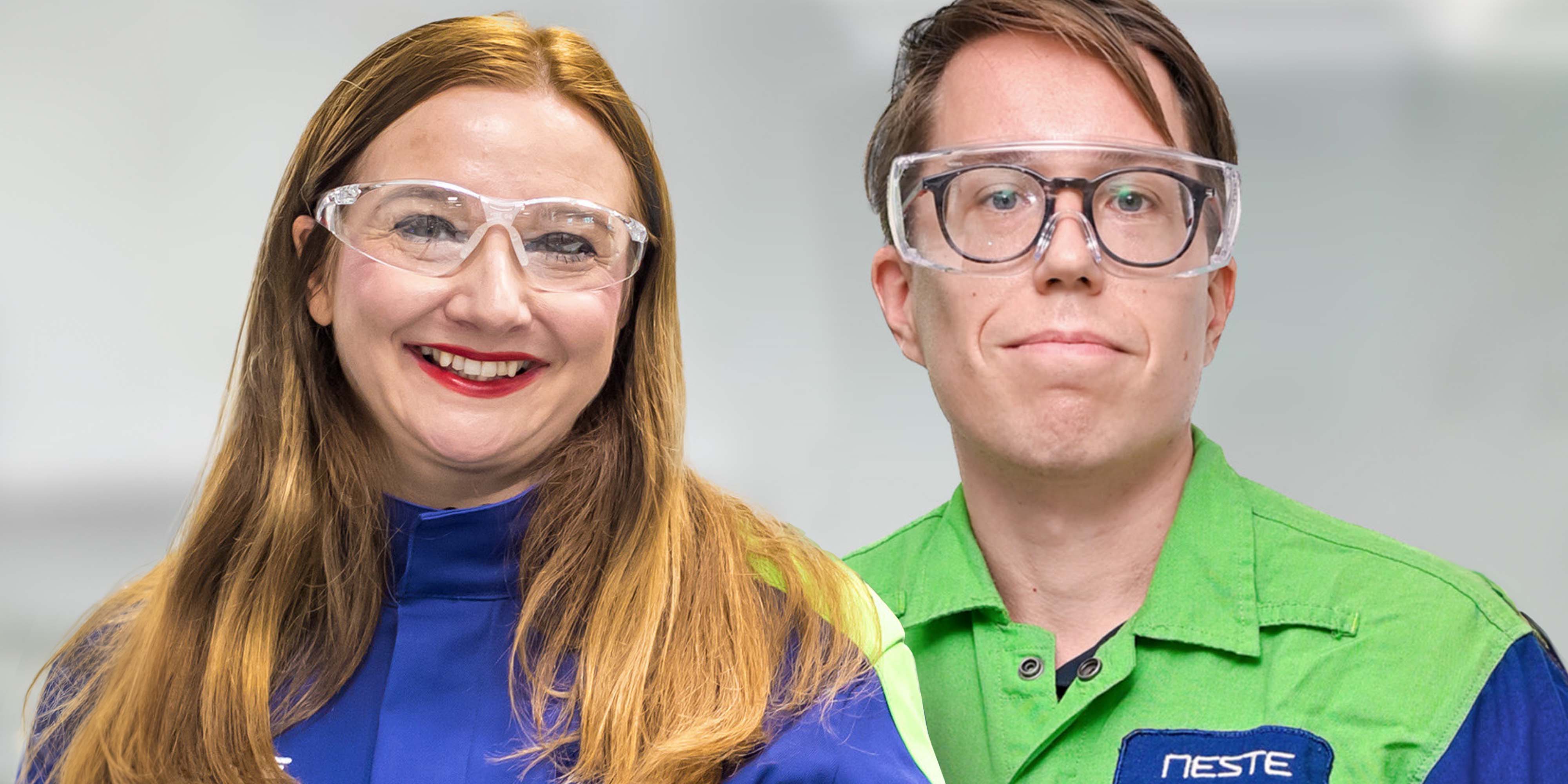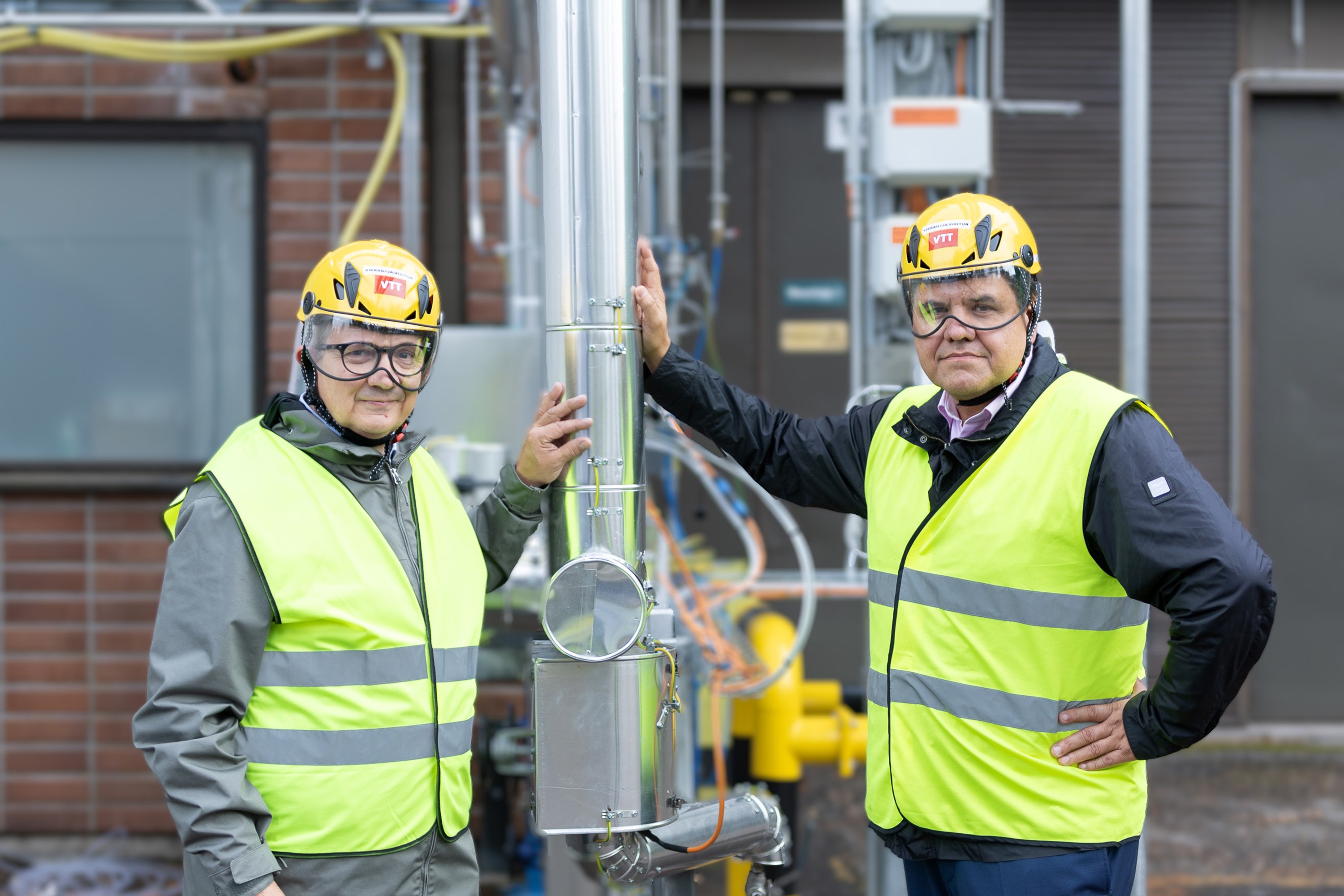
Innovation
4 minute read
The ABC of UCOs – what are used cooking oils and how can they be used in a more circular economy?
What can be produced from used cooking oil? Can the waste from cooking french fries really fuel cars or even airplanes? How does the process work? And how can used cooking oils help reduce climate emissions? To answer these questions, journalist Nick Van Mead speaks to Erwan Hemery, Global Used Cooking Oils Lead at Neste, the leading producer of renewable diesel and sustainable aviation fuel.
What are used cooking oils?
Used cooking oils (UCOs), as the name suggests, are oils that have been used for cooking or frying food. They can come from restaurants, from food industry factories or from households.
Collecting used cooking oils removes them from the waste stream. Otherwise, waste oils are just thrown away or tipped down the sink into the sewage system – in which case they may cause major problems such as the notorious London fatberg, for example.
There is also a benefit to food safety from preventing used cooking oils re-entering food production - cooking oil can only be used a certain number of times before it becomes unfit for human consumption for food hygiene reasons.
What can used cooking oils be used for?
Used cooking oils can be refined into renewable fuels – a drop-in solution to replace fossil fuels – or used to produce raw material for polymers and chemicals, which can then be turned, for example, into more sustainable, bio-based plastics.
Waste and residues, such as used cooking oil, are an important means to help reduce our reliance on fossil resources.
How does used cooking oil turn into renewable products?
There are hundreds of used cooking oil suppliers around the world – from Europe to Asia to the US, wherever oils and fats are used for cooking and the collection of such oil has been organized for recycling and reuse. “Most of the suppliers are very small – that is the world of used cooking oils, you have to tap into many small streams,” says Hemery.
Restaurants and factories store the used cooking oil in tanks, which are emptied by collectors. For example, in the US, Mahoney Environmental, a Neste company, collects used cooking oil from 55,000 restaurants, stadiums, hotels, schools and airports – and delivers it for Neste’s use in refining its renewable products.
Hemery explains the process that turns the waste product into something new: “First, the used cooking oil is cleaned in pretreatment units to remove impurities. Then, at the refinery, it can be converted into renewable diesel, sustainable aviation fuel and other renewable products using our unique NEXBTL technology.”
"It is a beautiful example of the circular economy, and the greenhouse gas (GHG) emissions of the whole process are very small. It makes total sense."
How do you ensure the sustainability of the used cooking oils sourced?
“Neste only accepts renewable raw materials from carefully selected partners”, Hemery explains.
“We have UCO supply managers in each of our sourcing locations, who really know the markets., In addition, we audit our suppliers: we visit and check their setup to verify compliance with, for example, traceability and greenhouse gas emission requirements and inventory record keeping. We also conduct other additional checks at Neste, such as measuring the quality of the UCO we receive to ensure it meets our specifications.”
What is the potential of used cooking oils for the future?
Using what has previously been considered a waste product supports the drive to a more sustainable, circular economy. Hemery highlights Neste’s partnership with McDonald’s in the Netherlands as an example of this in action: “The used cooking oils from the McDonald’s restaurants go to Rotterdam, which is the closest of our refineries, where used cooking oil and other renewable raw materials are refined into fuels and other renewable products. These products are then sold in the Netherlands and all over the world.
“There are many potential circular economy ideas that can be developed further – for example, we can collect UCO from restaurants and cafes at an airport, refine that raw material into renewable fuel at a nearby refinery, and then use it as sustainable aviation fuel back at the airport. There are lots of such projects in the pipeline at Neste.”
He acknowledges there is increasing competition for used cooking oil as raw material, but says there is still plenty of room for growth in its availability: “There are new regions that we have not previously tapped, and households are not extensively collected from at the moment, so there is some potential there, as well.”
“UCO use has expanded a lot in recent years, and will continue to do so – but it is important to remember that is only one of the many waste and residue raw materials we need to utilize to replace the volumes of fossil resources we currently use and to combat climate change.”
*The GHG emission reduction percentage varies depending on the product, region-specific legislation that provides the methodology for the calculations (e.g. EU RED II 2018/2001/EU for Europe and US California LCFS for the US), and the raw material mix used to manufacture the product for each market.
Credits:
Nick van Mead, an award-winning city journalist with more than 20 years at the Guardian and the Associated Press, most recently as deputy editor of Guardian Cities.





